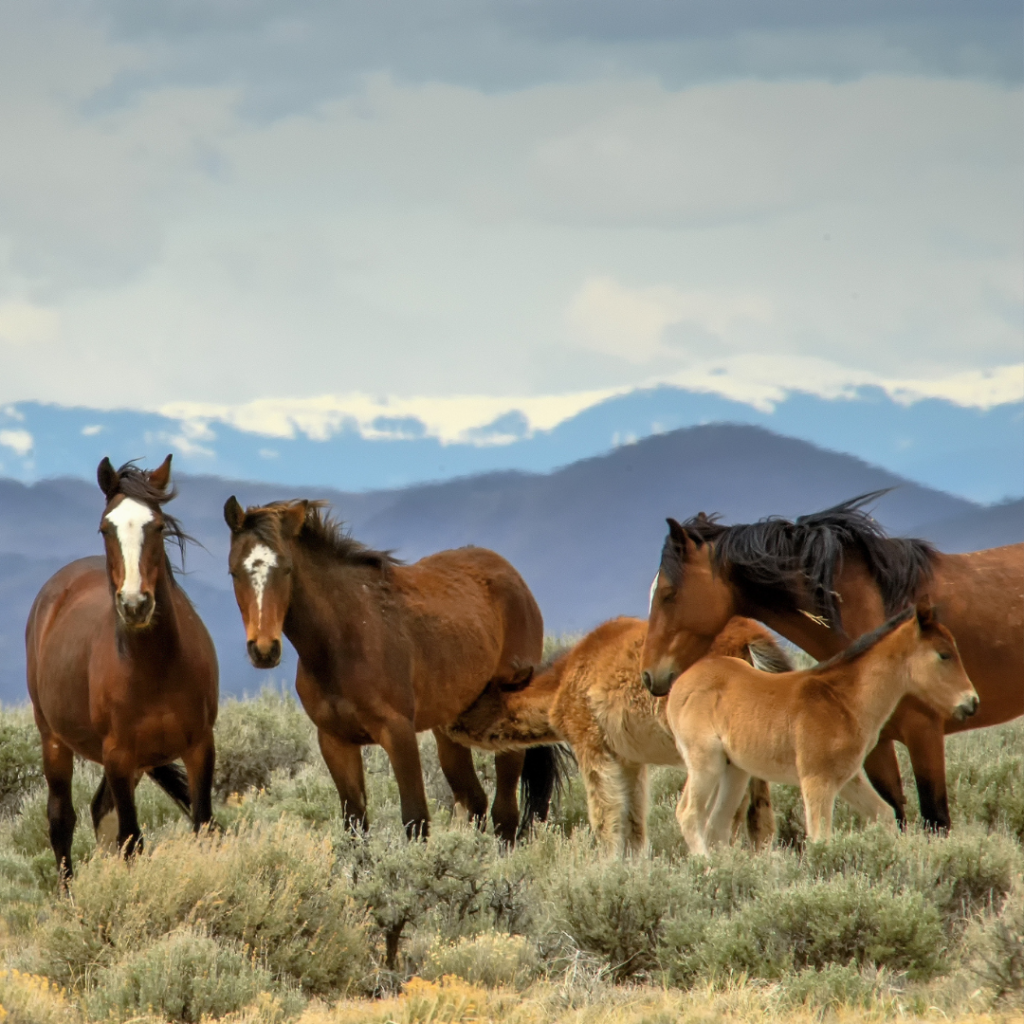Just eight miles northeast of Grand Junction, the Little Book Cliffs Wild Horse Area encompasses more than 36,000 acres of rugged canyons and plateaus. Little Book Cliffs Wild Horse Area is a great place to take a beautiful hike and see wild the horses.
Getting to the Little Book Cliffs
Join the locals hiking into Coal Canyon. To reach this area, travel east on Interstate 70 to the Cameo Exit (No. 45) in DeBeque Canyon. Turn off the highway and travel under the interstate, then east for a short way before crossing the Colorado River in front of the Xcel Cameo steam plant. Go past the power plant and follow Bureau of Land Management signs to the Little Book Cliffs Wild Horse Area and Coal Canyon Trailhead. It’s 2.2 miles from the Interstate on an old dirt road that leads behind Mount Garfield. Though hikers and horseback riders are welcome year-round, the gate is locked Dec. 1 through May 1 to protect wintering wildlife and foaling areas.
Both Coal Canyon and Hoodoo Trails follow an old dusty road for about three miles before the trails split. Coal Canyon Trail follows the creek bottom below the backside of Mount Garfield and the face of the Book Cliffs seen from the Grand Valley. The Hoodoo Trail climbs along the north side of the drainage, eventually leading to the top of the next ridge between Coal Canyon and Main Canyon. Find more hiking and biking trails in Grand Junction >>
The Little Book Cliffs Wild Horse Area is managed for multiple uses, but wild horse habitat is the primary concern here. This 36,113-acre range is one of only three ranges in the United States set aside specifically to protect wild and free-roaming horses. From 90 to 150 wild horses roam these rugged parks and pinyon-juniper covered hills.

History of Grand Junction’s Wild Horses
During the ice age, ancestors of the modern horse roamed the North American continent. They were probably smaller than today’s horses and became extinct more than 10,000 years ago. Spaniards who explored and settled this area reintroduced horses to the continent in the 1500s. These horses were known as mustanos, and those who escaped formed the early wild herds were later called mustangs.
In the mid-1980s, a group called Friends of the Mustangs began working with the BLM to ensure that both the range and the horses living here are kept healthy. Projects include trail clearing, spring development and maintenance, and tracking horse numbers, locations and range conditions.
Friends of the Mustangs also assists in roundups and in finding adoptive homes for the animals, working with prospective owners and checking back with them to make sure horse and owner are doing well.



Leave a Reply